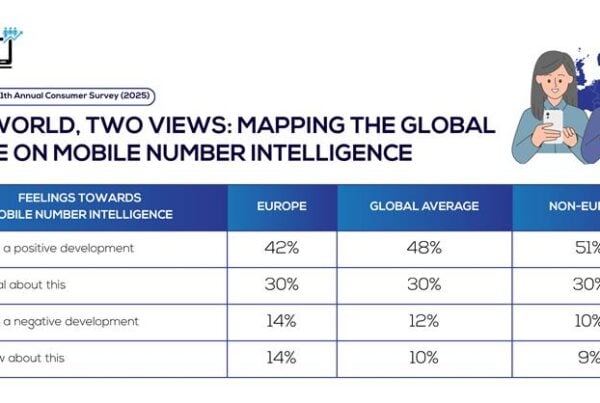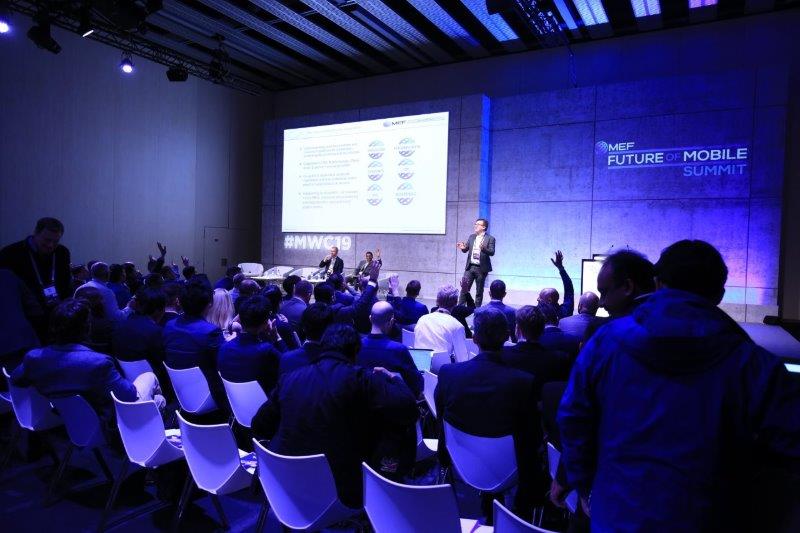MEF’s Riccardo Amati discusses TIM’s shift from subscriber growth to focusing on high-value customers, raising ARPU, cutting churn, and enhancing stability in Italy and Brazil. With cost control, rapid 5G rollout, and enterprise cloud growth, TIM reinvests in premium services, balancing mature and emerging markets, sustaining profitability, and showcasing long-term resilience in the competitive telecom industry.
Telecom Italia’s bold shift from chasing subscriber numbers to prioritizing high-value customers is driving growth and stability across Italy and Brazil, fueled by disciplined cost control, rapid 5G expansion, and a surge in enterprise cloud — setting a standard for navigating today’s converging mobile and digital landscape.
Telecom Italia’s multi-year pivot from chasing raw subscriber numbers to focusing on higher-value customers is reshaping its position in both the Italian and Brazilian markets. This volume-to-value strategy, launched in 2022, is paying off beyond headline earnings — pointing to a more stable mobile ecosystem, deeper customer relationships, and an expanded role in premium digital services.
CEO Pietro Labriola summed up the moment during the latest earnings call: “We are exactly where we planned to be.” Behind that confidence lies a deliberate blend of cost discipline, targeted investment, and market segmentation designed to strengthen both revenue quality and network resilience.
Finally, cost transformation is more than efficiency — it’s a growth engine. By modernizing networks, consolidating vendors, and optimizing labor, TIM frees capital for high-return investments in 5G fixed wireless and enterprise cloud.“
In the first half of 2025, TIM reported organic EBITDA growth of 5.5% to €2.06 billion, group service revenues up 3.3%, and capital expenditure at 13% of revenues. Those results provide a snapshot of the operational strength underpinning TIM’s strategic transformation.
Italy: A Stabilizing, Maturing Market
In Italy, long battered by aggressive pricing and high churn, TIM’s approach is showing early signs of a turnaround. Mobile number portability trends have stabilized, churn rates have fallen, and mobile ARPU is inching upward despite — or perhaps because of — recent price increases. Wireline revenue, often pressured in mature markets, has also held steady.
This is the result of a carefully calibrated shift toward higher-value customer segments. The goal: fewer low-margin acquisitions, more emphasis on retention, and an ecosystem rewarding loyalty through integrated services.
One standout is TIM’s rapid rollout of 5G fixed wireless access, now covering 70% of the population. Combined with steady growth in TIM Vision subscribers, it signals rising consumer willingness to pay for premium connectivity and content bundles.
Brazil: Contract-Based Growth as a Risk Balancer
If Italy is TIM’s proving ground for value-driven stability, Brazil is the growth engine. There, TIM has converted prepaid customers — once the dominant base — into postpaid contracts at an accelerating rate. Nearly half of its Brazilian subscribers are now postpaid, reflecting a broader trend toward predictable, contract-based revenue streams.
This shift brings strategic benefits. Contract customers tend to have higher ARPU, lower churn, and a greater appetite for bundled services such as streaming and cloud storage. In Brazil’s dynamic but competitive market, these traits give TIM revenue stability and upselling room.
CFO Adrian Calaza noted cost controls in Brazil have kept expenses below inflation, protecting margins while freeing capital for targeted network and IT upgrades. The result: a robust EBITDA margin near 38% and double-digit free cash flow growth, reinforcing Brazil’s role as a counterbalance to Italy’s slower growth.
Cost Discipline as a Strategic Enabler
While growth markets and premium services make headlines, cost transformation has been equally crucial. More than 70 initiatives target legacy network decommissioning, vendor consolidation, and labor cost optimization. A renewed solidarity agreement reducing working hours until 2026 exemplifies how TIM manages human capital costs without undermining operational capacity.
In the first half, these programs generated €90 million in incremental benefits — funds redirected toward 5G, data centers, and cloud platforms. Labriola calls this “staying within our means while building for the future,” a philosophy keeping capital expenditures in check even as network quality improves.
Enterprise Cloud: A Quiet Power Play
An underappreciated part of TIM’s strategy is its push into enterprise cloud services. In Italy, cloud revenue in the enterprise segment has doubled, now making up nearly a quarter of that business. This diversifies revenue streams and places TIM in a fast-growing, higher-margin arena where network infrastructure and customer trust are key assets.
The enterprise cloud push aligns with investments in data centers and IP backbone upgrades — infrastructure that will serve both corporate clients and next-generation consumer services.
Opportunities and Pressure Points
TIM’s evolving mobile ecosystem brings both opportunities and challenges. The combination of 5G expansion, cloud integration, and premium content positions TIM to capture more value per customer in both Italy and Brazil. Its ability to bundle connectivity, cloud, and entertainment creates a moat against price-focused competitors.
However, competitive intensity remains high. Low-cost rivals pressure the Italian consumer segment, while Brazil’s postpaid momentum could slow if economic conditions tighten. Funding 5G and IT investments requires capital discipline, especially amid uncertainty over the unresolved 1998 concession fee dispute. Recent advance payment agreements provide short-term liquidity, but the final outcome remains a watchpoint.
Tightrope: Balancing Growth and Grit
For the remainder of 2025 and beyond, TIM’s challenge will be maintaining momentum without overextending. In Italy, deepening customer engagement and defending ARPU gains will be key. In Brazil, sustaining postpaid growth and expanding enterprise services are critical. Across both, cloud and premium digital offerings will likely be the highest-margin growth drivers.
Labriola’s message is steady execution: “Stable revenues at home, growth engines abroad, and disciplined investment — that’s how we will navigate what’s next.” For a company that has weathered intense price wars, regulatory uncertainty, and shifting consumer habits, TIM’s trajectory suggests its strategic shift is working — potentially setting a standard for telecom evolution in a converging mobile and digital ecosystem.
Lessons for the Mobile Ecosystem
TIM’s recent trajectory offers three lessons for the telecom sector. First, shifting focus from subscriber volume to customer value can yield lasting dividends — but only with consistent execution and readiness to forego low-margin growth. In Italy, this discipline has driven rising ARPU and lower churn, proving selective investment in quality segments reshapes markets.
Second, balancing mature and emerging markets smooths earnings and spreads risk. TIM’s steady Italian operations provide stability, while Brazil’s shift from prepaid to postpaid fuels growth and access to profitable bundled services. Geographic diversification, done well, protects against volatility and expands revenue.
Finally, cost transformation is more than efficiency — it’s a growth engine. By modernizing networks, consolidating vendors, and optimizing labor, TIM frees capital for high-return investments in 5G fixed wireless and enterprise cloud. This creates a virtuous cycle where savings fund growth initiatives, strengthening competitiveness and financial resilience.
Together, these lessons outline a telecom playbook built on quality over quantity, geographic balance, and reinvestment of efficiency gains into next-generation services.
MEF Podcasts
For more discussion, interviews and insights subscribe to our three regular podcast channels
Listen Now…









